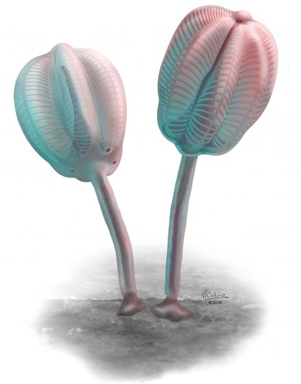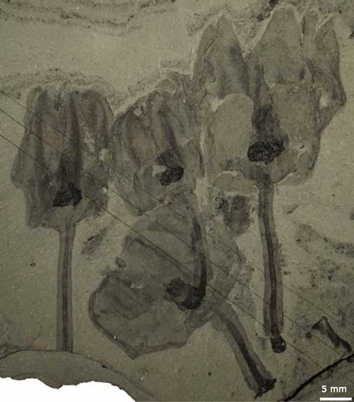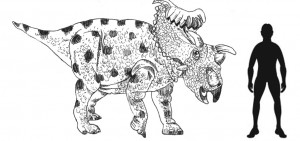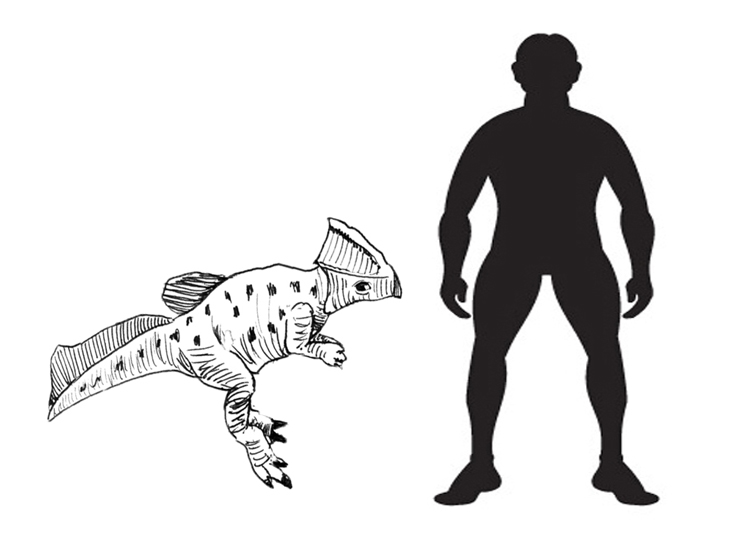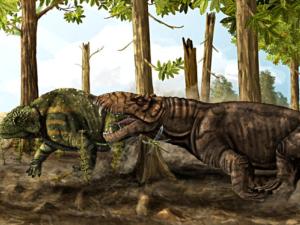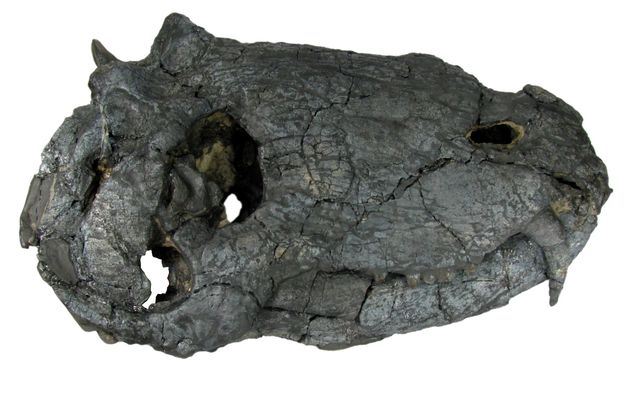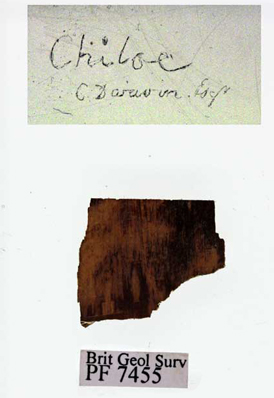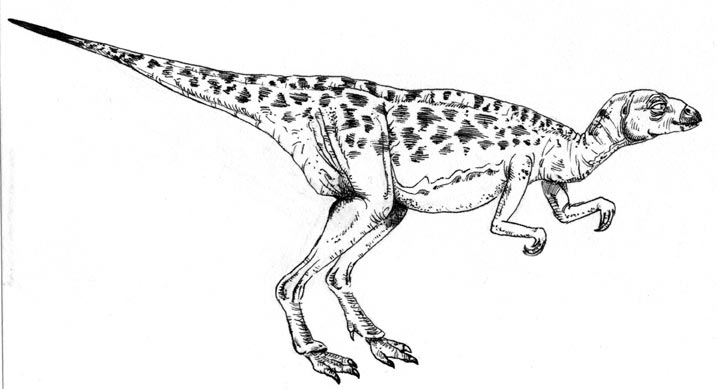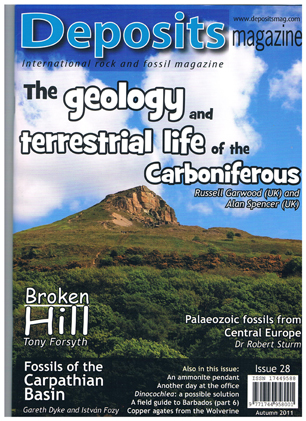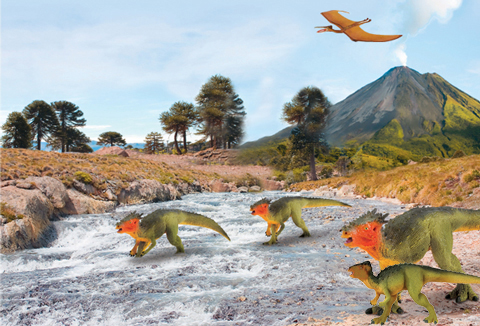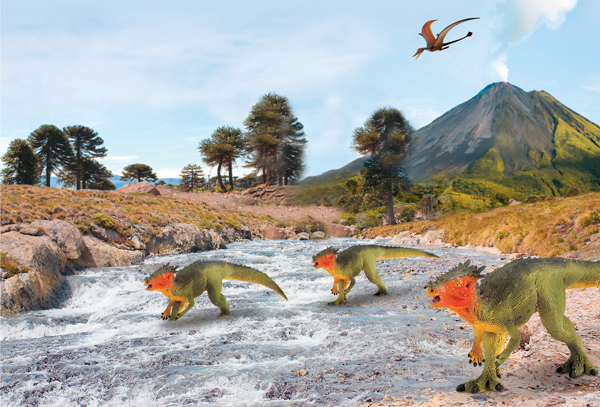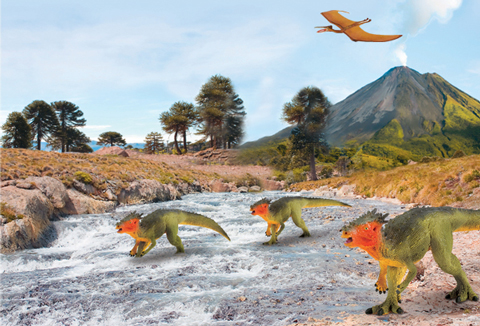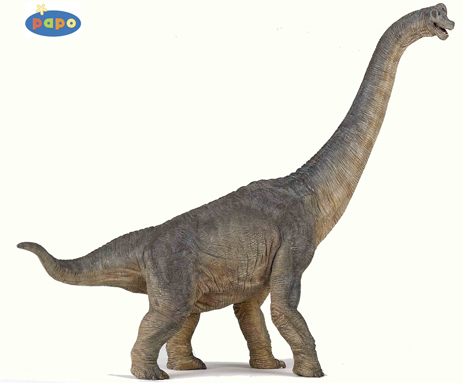Picking “Tulips” from the Burgess Shale
Canadian Scientists Provide Insight into Bizarre New Filter Feeding Animal
The Burgess Shale (British Columbia, Canada) is regarded as one of the world’s most important fossil locations. This UNESCO World Heritage site, discovered over one hundred years ago has yielded thousands of Middle Cambrian marine fossils. The beautifully preserved specimens have provided scientists with a fascinating glimpse into an marine ecosystem that existed approximately 505 million years ago.
The Burgess Shale
Although, these highly fossiliferous shales have been known about since 1909, they are still capable of providing surprises and this week, a team of Canadian researchers have published a paper on a strange, filter feeding animal, that resembled a tulip.
The strata which contains the remains of these “Tulip beds” was first explored more than twenty-five years ago and more than 1,000 actual fossil specimens are known but these strange creatures, a bizarre type of invertebrate that is difficult to place in taxonomic phyla has just been formally named and described. The newest member of the Burgess Shale ecosystem is to be known as Siphusauctum gregarium. The formal scientific name describes the filtering feeding mechanism with which this animal obtained nutrients as well as recognising the gregarious nature of this bizarre Cambrian beastie.
Siphusauctum gregarium
The name means (gregarious, large cup). Although, not living in a colonial structure such as a sponge colony or a coral, these animals did congregate together, perhaps exploiting a particularly rich feeding area. One slab of shale contains the remains of at least sixty-five individual animals. It seems that the group (or should we refer to them as a “field”) was wiped out when that area of the seabed suffered some catastrophic event and was covered in a sudden deposit of sediment.
The fossils indicate that these creatures reached lengths in excess of 20 centimetres and a paper analysing these has been published online in the scientific journal “The Public Library of Science”.
Strange Filter Feeder of the Middle Cambrian – S. gregarium
Picture credit: M. Collins/Royal Ontario Museum/University of Toronto/PLoS One
The organism seems to be adapted to a benthic existence (living on the sea floor). There is a single hold-fast structure which would have been partially submerged in the mud helping the organism to remain in one place. A long stem, with an an internal tube, surrounded by a sheath supports the feeding mechanism and the gut above the sea floor. This new type of stalked filter feeder had its gut, anus, other organs including a simple, straight digestive tract housed in an egg-shaped structure that was perched on top of the stalk.
This bulbous structure (known as a calyx) resembles the head of a tulip flower. A flexible sheath covers the calyx, there are six small, circular openings at the base of this structure and a central orifice at the top (believed to be the anus), surrounded by other smaller openings. The creature seems to have a six-fold radial symmetry with each of its six segments having cilia (fine hair-like appendages), surrounding a body cavity that contained the stomach and other organs.
The Scientific Paper
The paper’s lead author Lorna O’Brien, a PhD student at the University of Toronto, postulates that S. gregarium was a filter feeder, with water passing through the openings and the fine hair-like appendages could “comb out” food particles. These creatures probably were able to actively pump water through themselves rather than passively waiting for food to drift through their various openings. Like many other strange creatures from the Burgess Shale, scientists are unsure what animals alive to day are the descendants of these creatures, or whether S. gregarium represents an evolution of a life-form that simply left no modern descendants – a sort of evolutionary experiment that failed to work.
Student Lorna stated:
“Most interesting is that this feeding system appears to be unique among animals. Recent advances have linked many bizarre Burgess Shale animals as primitive members of many animal groups that are found today but Siphusauctum defies this trend. We do not know where it fits in relation to other organisms.”
How these strange creatures relate to modern phyla remains unclear, Lorna and her PhD supervisor, Jean-Bernard Caron (Curator of Invertebrate Palaeontology at the Royal Ontario Museum (Toronto), suggest that another bizarre fossilised creature Dinomischus – a stalked Cambrian filter feeder may have a similar role in the ecosystem, but S. gregarium seems to have lived at much greater depths and formed an much larger proportion of the fauna. Dinomischus spp seem to be solitary, but S. gregarium formed large beds.
Nearly all the specimens known are compressed and fragmented, just one specimen has been found so far that was compressed vertically to reveal the six-fold radial symmetry. It is likely that these animals were soft-bodied, but their relationship to earlier fauna, such as the Ediacaran fauna also is unclear.
Some of the Best Preserved Fossils of Siphusauctum gregarium
Picture credit: Royal Ontario Museum/University of Toronto/PLoS One
The Burgess Shale (and the Chengjiang – another important Cambrian fossil site, in Yunnan, China), provide an amazing insight into the diversity of life in the oceans around 500 million years ago. Who knows what other bizarre fossils lie awaiting discovery and study in these extensive fossil beds.
To view replicas and models of iconic Palaeozoic animals: CollectA Prehistoric Life Models.


